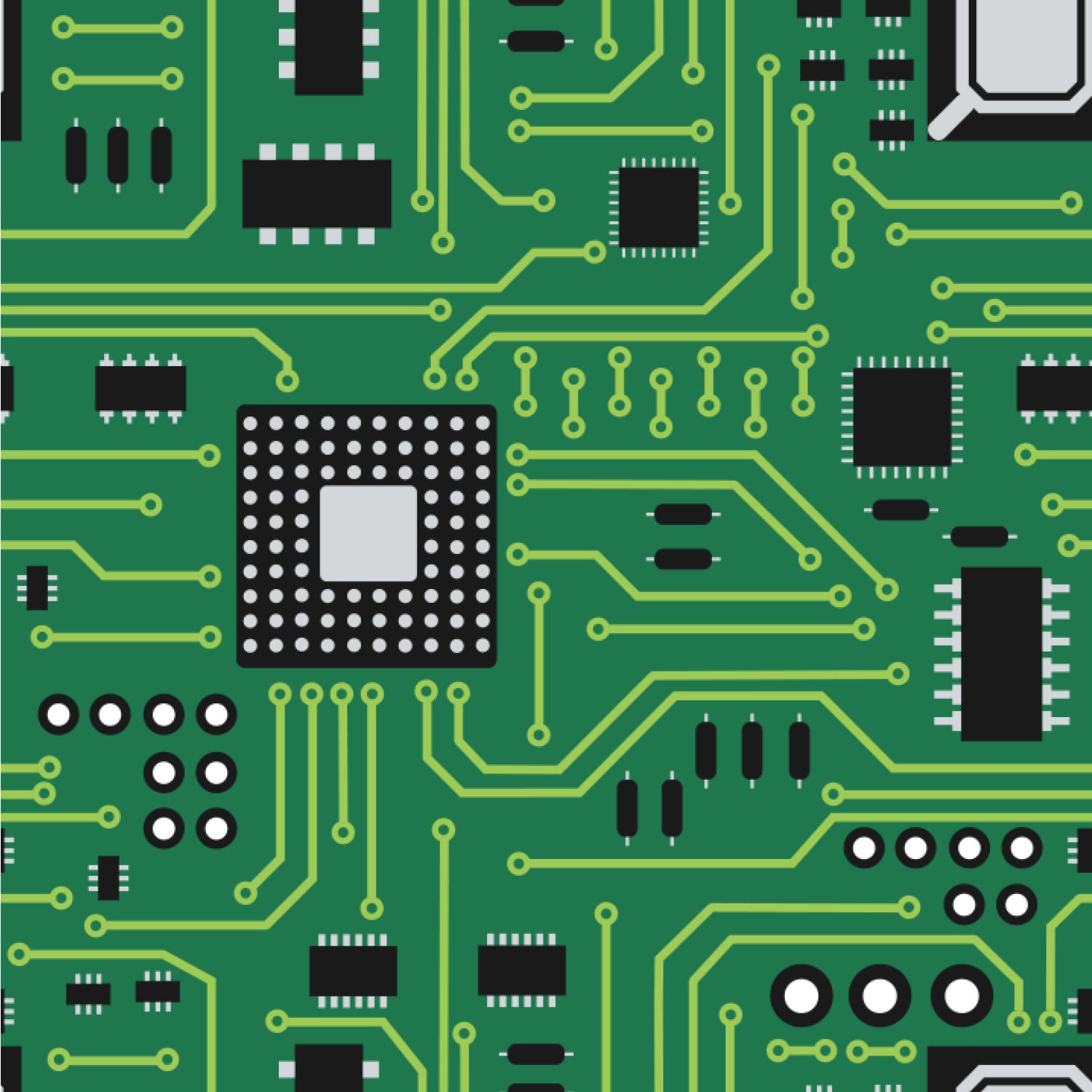Article 3: What are Electronic Devices?
Electronic Devices

1. Computing Devices:
·
Computers: Personal
computers, laptops, servers, and mainframes.
·
Smartphones and
Tablets: Mobile computing devices with communication capabilities.
·
Embedded Systems:
Microcontrollers and microprocessors used in appliances, automobiles, and
industrial systems.
2. Communication Devices:
·
Mobile Phones:
Devices for voice and data communication.
·
Radios and
Televisions: Transmit and receive audio and video signals.
·
Modems and Routers:
Facilitate data communication over networks.
3. Entertainment Devices:
·
Televisions:
Display audiovisual content.
·
Audio Systems:
Speakers, amplifiers, and music players.
·
Gaming Consoles:
Devices for playing electronic games.
4. Imaging Devices:
·
Cameras:
Capture still or moving images.
·
Scanners:
Convert physical documents or images into digital formats.
·
Printers:
Produce physical copies of digital content.
5. Storage Devices:
·
Hard Drives:
Store digital data on magnetic disks.
·
Solid-State Drives
(SSDs): Store data using NAND-based flash memory.
·
USB Drives:
Portable storage devices.
6. Wearable Devices:
·
Smartwatches:
Include features like fitness tracking and notifications.
·
Fitness Trackers:
Monitor physical activity and health metrics.
·
Smart Glasses:
Display information in the user's field of view.
7. Medical Devices:
·
Pacemakers:
Regulate heartbeats.
·
MRI Machines: Use
magnetic resonance imaging for medical diagnostics.
·
Blood Glucose
Monitors: Measure blood sugar levels.
8. Home Automation Devices:
·
Smart Thermostats:
Control home heating and cooling.
·
Smart Lights:
Lights that can be controlled remotely.
·
Smart Appliances:
Connected devices like refrigerators, ovens, and washing machines.
9. Power Devices:
·
Power Adapters:
Convert electrical power for device use.
·
Batteries: Store
and provide portable electrical power.
Summary
Electronic devices have become integral to daily life,
communication, entertainment, and various industrial and scientific
applications. Advances in technology continue to lead to the development of new
and more sophisticated electronic devices.
*************END OF ARTICLE 3*************


Impressive
ReplyDeleteWow, Informative
ReplyDeleteAs you said, Tech is Cool Dude
ReplyDeleteamazing tech dude
ReplyDeletegood job
ReplyDeleteso good
ReplyDeletegood work
ReplyDeleteamazing
ReplyDeletegood job
ReplyDelete